E-bike enthusiasts all around the world listen attentively when market leader Haibike unveil their line-up for the coming year. This year was no different and we’ve spent a day at Haibike’s headquarters to get all the details on the new model year:

XDURO vs. SDURO

Before delving into the flurry of new models, it’s probably wise to elucidate on Haibike’s new naming system: from 2018 onwards they’re no longer following the same logic, whereby XDURO basically meant Bosch and SDURO meant you’ll get a Yamaha-equipped bike. Now the collections will be more orientated towards the bike’s playground and intentions. Click the below diagram for a better explanation of the differences:
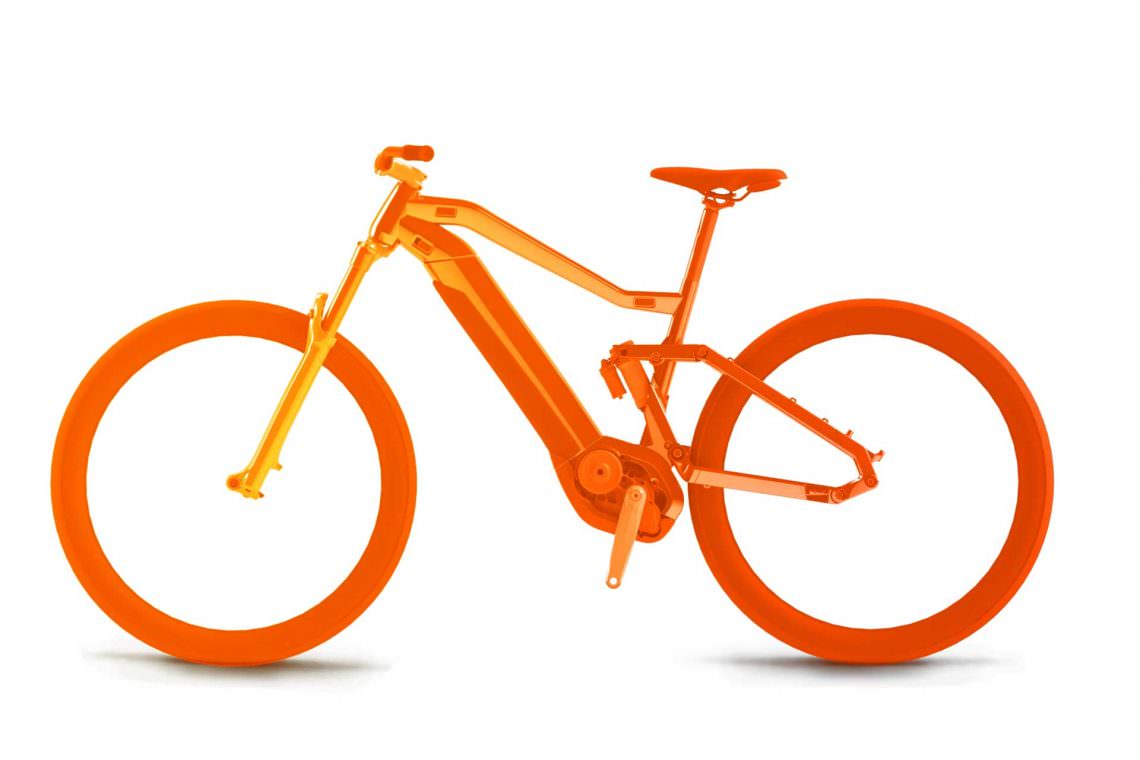
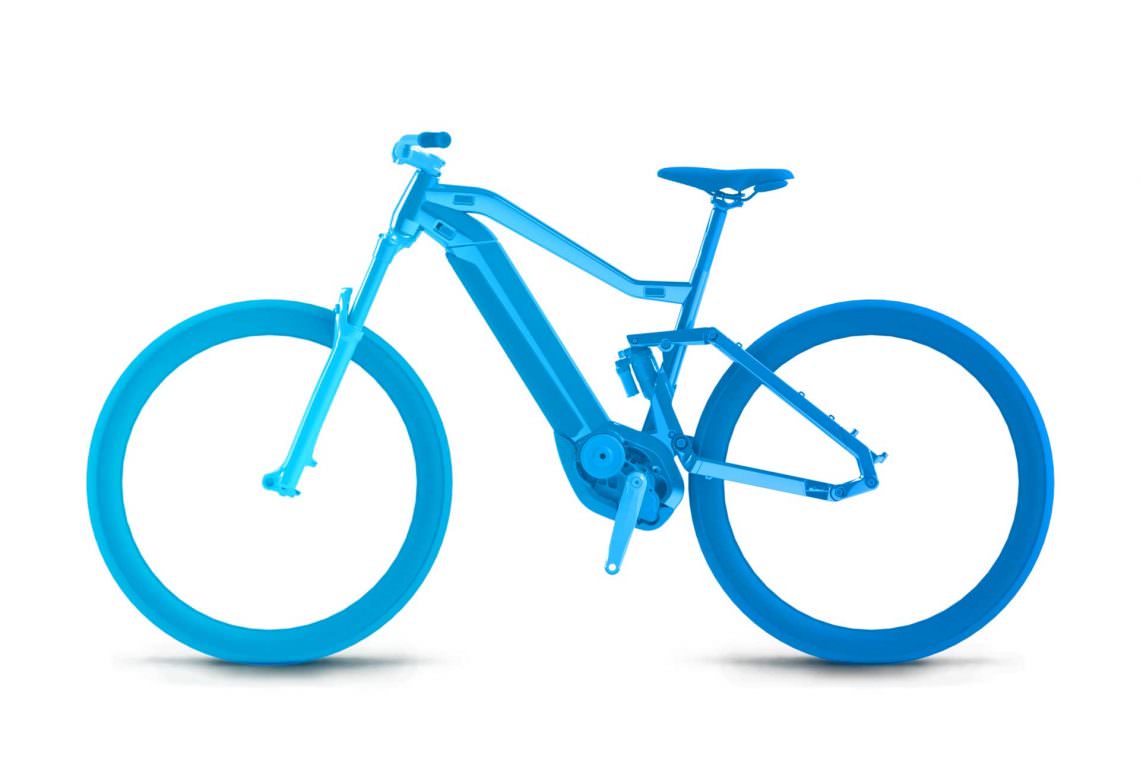
In the future SDURO will go hand-in-hand with more comfort-focused models with classic geometry, while XDURO will be their performance bike line with modern mountain bike geometry – independent of the motor manufacturer. Put simply, you could split them into SUVs versus ‘proper’ off-road vehicles. This propels the actual model into the limelight, almost relegating the motor to just being a worthwhile piece of componentry (that still merits consideration, of course). The XDURO line-up retains the AllMtn, Nduro and Dwnhll models, but the AllMtn SDUROs are being rechristened FullSeven LT. The XDUROs will be the only collection to feature long-travel bikes.
Bosch PowerTube integration
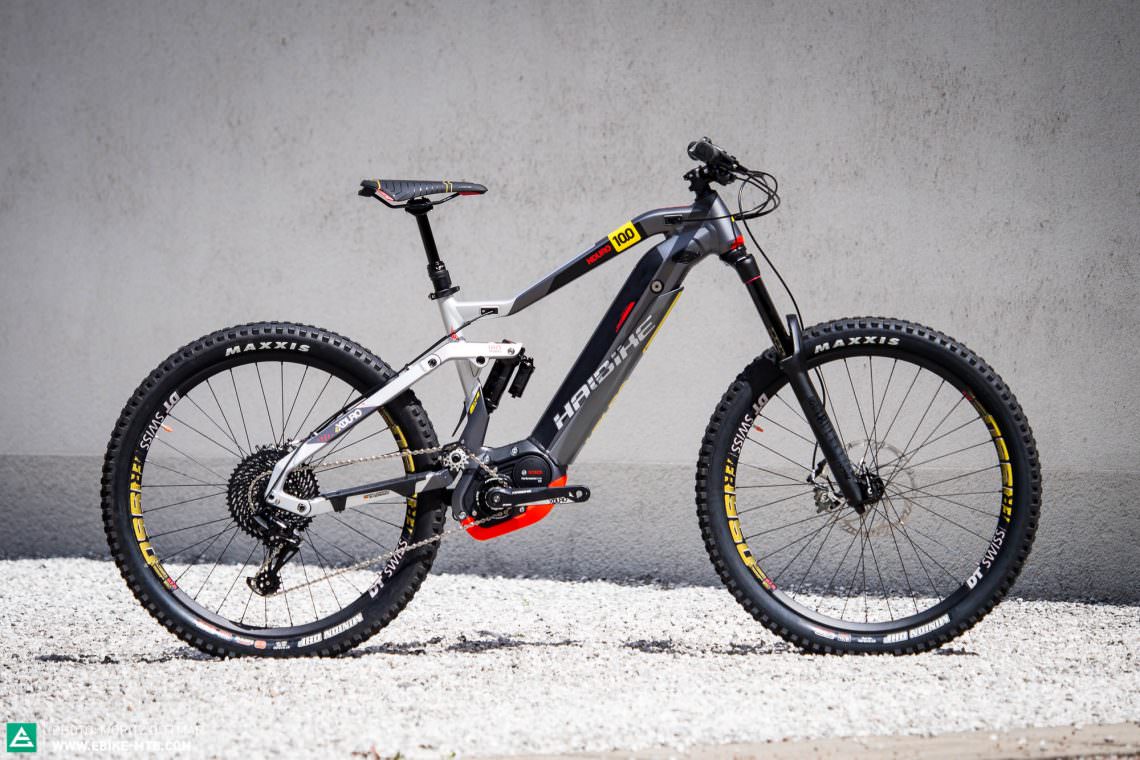
Haibike are launching a ton of 2018 models with the integrated Bosch PowerTube battery, which doesn’t just elevate the aesthetics of their latest crop of bikes but also permits the brand to adopt notably more modern geometry. Haibike have chosen to keep the former motor interface and rear end design from their current stock, but the downtube, top tube and head tube are all-new designs. The Bosch PowerTube has an upright position and is held locked in place. There’s a plastic cover to disguise it.
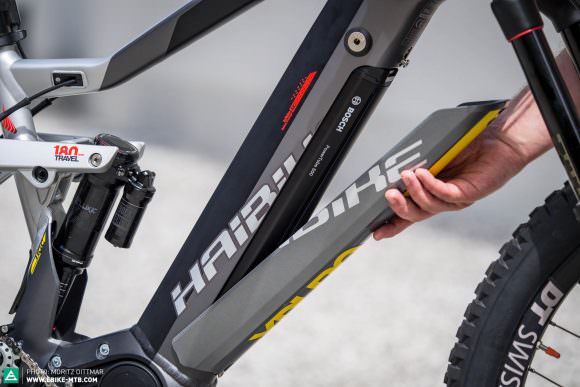
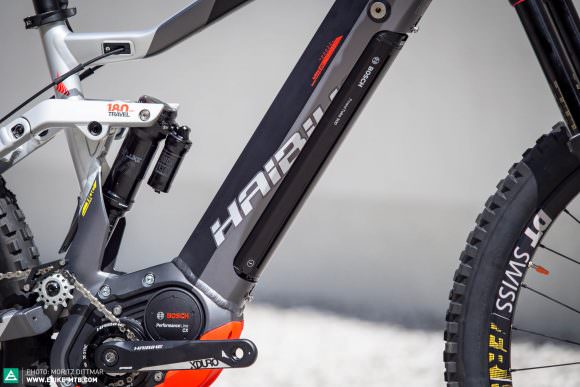
Haibike Modular Rail System
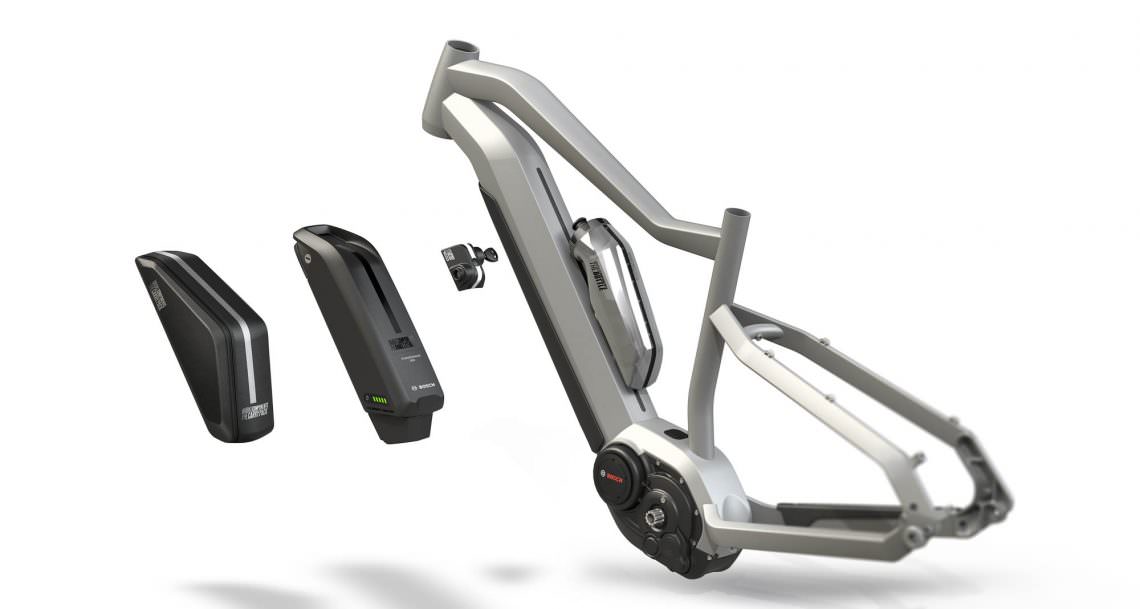
All of the new models featuring the integrated Bosch PowerTube battery also get their mitts on the new Modular Rail System (MRS), which is a bit like a piggy-back system so that you can mount various things onto the inside of the frame’s triangle. On the topside of the downtube, you could mount a bottle, a bike lock or a bag in any of the set positions. When it comes to the bottle, Haibike have gone for an innovative magnetic bottle concept from FidLock.
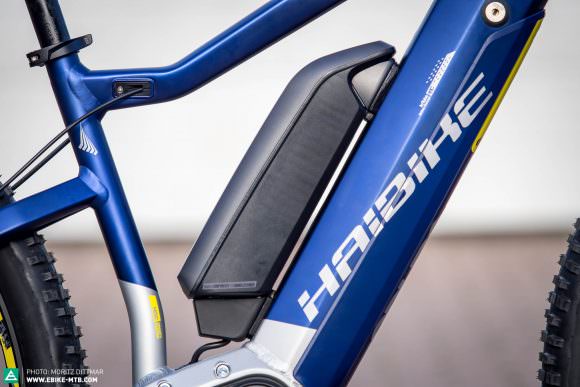
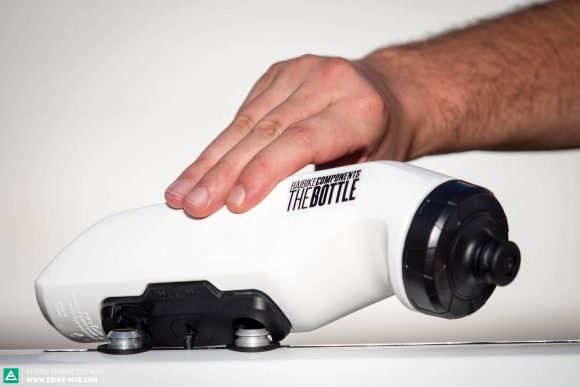
The most exciting feature of the MRS is the opportunity to mount a second battery. Known as the ‘Range extender’, you can simply mount a standard Bosch PowerPack onto the downtube, essentially doubling the bike’s range to 1,000 Wh. The Range Extender is limited to the brand’s hardtails, cross bikes or touring bikes. Unfortunately, there’s not enough space for Haibike’s full-suspension models to adopt this design.
Yamaha PW-SE
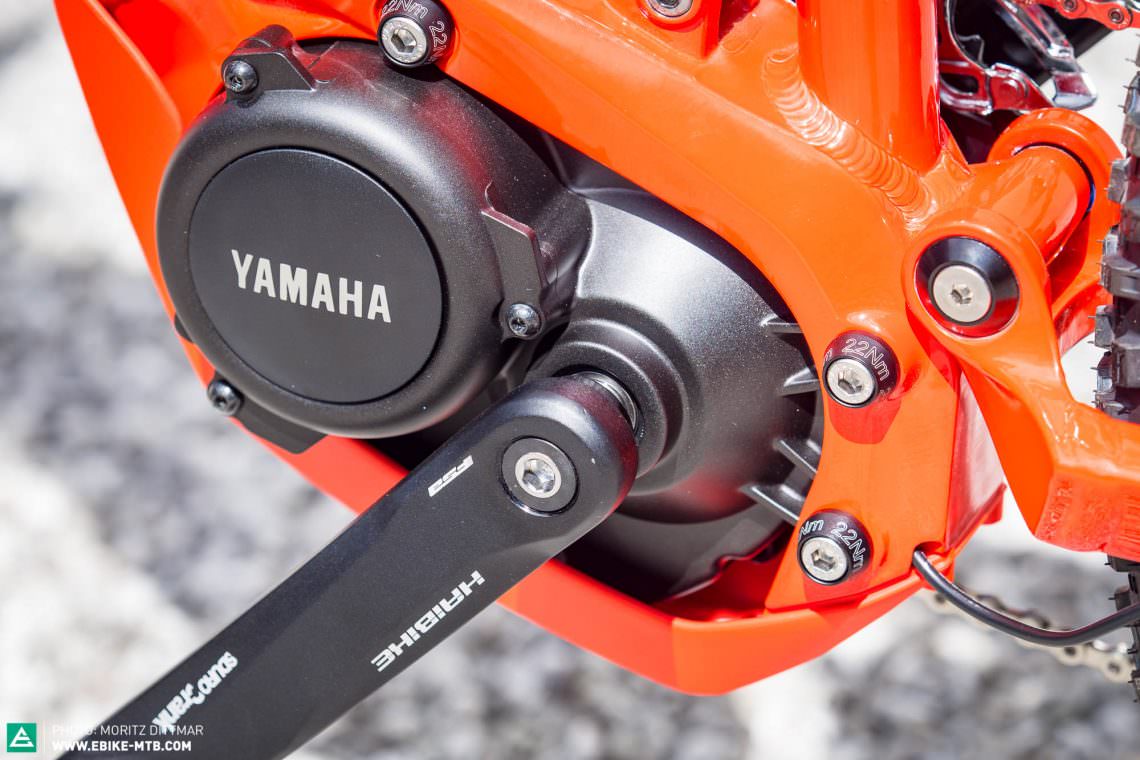
Adding the Yamaha PW-SE represents an evolution of the original PW motor, with SE standing for Sport Edition. You can place it between the well-known PW and the PW-X motors, and it promises an improved performance when you’re riding with a higher cadence. The Yamaha PW-SE also has a slightly higher torque. This motor features on the more entry-level SDURO models and leans towards more comfort-focused riders. Haibike chosen to skip the gravity casting while integrating the Yamaha PW-SE, citing lower costs as their motive.









